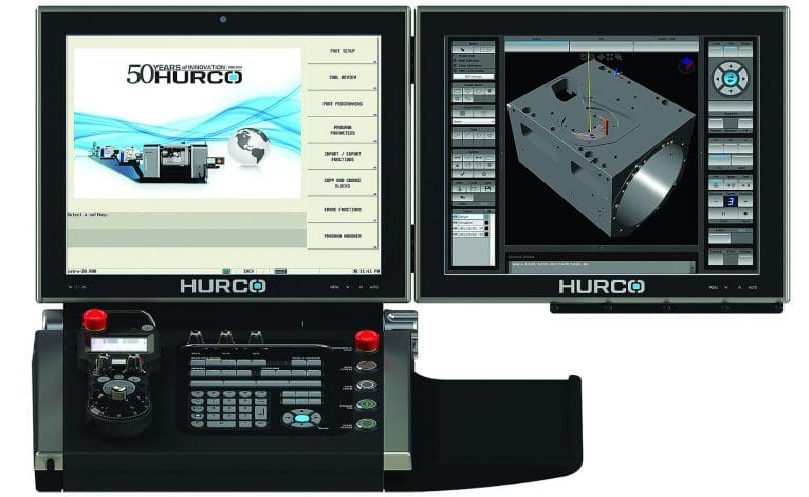The human mind often overreaches its own capabilities by creating technology that they can´t possibly operate appropriately at times. Something like this affected the manufacturing industry not so long ago. The solution was of human origin, but it called for us to dial back many steps on something that kept advancing at a quick pace.
The Cause of Delays That Nearly Crashed the Manufacturing Industry Was on Humans
One of the most worrisome trends that happened in the manufacturing industry recently was related to the inability of designers handling CAD/CAM software to think out of the box when it came to certain stages of a project that required them to dial back a few steps. Some of them were going as far as delaying projects by asking the developers to create a brand new design from scratch. In an industry that moves data at the same speed as the largest market operating around the world, this was unacceptable.
A breakthrough came forward when one company decided that the flow of information should follow the same pace at all stages of development. That’s how the idea for data integration came from. The term would be coined much later. Integration as a concept in manufacturing is not that difficult to grasp. Most of it is related to the capacity of the manufacturer to make sure everyone involved in the project has the same information at all moments about every project. This is crucial when a stage must be outsourced.
Baby Steps Were Given – The First Simulation for Software Integration Was Created
The first step to making software integration work was realizing the problem behind the lack of data that delayed projects and frustrated designers. It seems the most common issue that came forward was the fact that CAM software cannot verify potential errors from each cutting process done by a CNC machine. This would make the revised designs create a lot of issues for machining devices such as cycle crashes, overheating, excessive tool wear, and lack of optimized feeds and speeds.
Once the issues were figured, a simulator was created to troubleshoot all these problems separately. The result is what is used by modern, CNC machining devices. The process, however, took a lot of time to create because diverse operating conditions were tested. The reported errors were replicated and analyzed to the point of being converted into variables programmed in an algorithm. CNC machines are now able to analyses all the requirements needed to handle a task down to the type of material it needs to create a product to make it faster.




